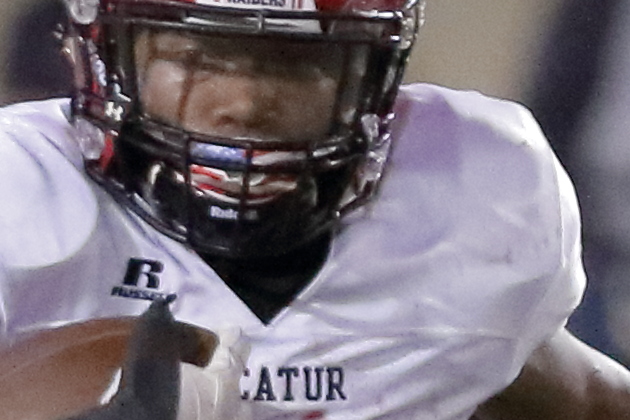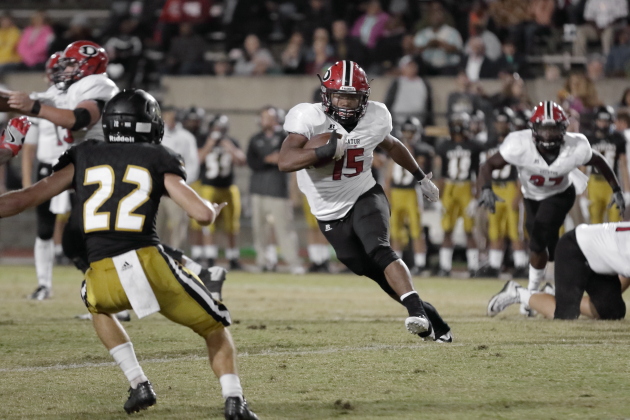Any Hue-Saturation-Luminance (HSL)/Hue-Saturation-Value (HSV) tool will do the trick. In Photoshop it's called the HSL tool.
In the case of your photo, you want to reduce the saturation of the blue band down to pretty much '0' (Note, this is the blue band in the HSL panel, not the larger blue channel in the color temperature and WB correction panel). That will remove the blue color and make it a shade of gray instead. You can then increase the luminance in the blue band to make it a brighter gray. You may also need to do the same to the adjacent aqua and/or purple bands on either side of the blue band.
Since there are no other objects in the frame that will be affected by the adjustment in the aqua/blue/purple bands, you can do this as a global adjustment. Global means it is applied to the entire image. If there were other objects in the scene that you wished to not be affected by the adjustment, you would need to use the selection brush and make the adjustment only to the local areas of the image you wished to affect. (You may need to use the brush if it affects the reflection in the dog's eye in a way you do not like.)
Here is an example of my own work where I used a global HSL adjustments to fine tune the colors of images shot under stadium lighting. In addition to adjustments affecting other colors, I applied a correction to neutralize the purple/blue shadows on the material of the white jerseys. This correction was applied as part of a batch correction to many images shot at the event. If I had been custom correcting each individual frame, I likely would have done a bit more work in the magenta band to reduce the strong pinks in the crowd in the stands behind the players.
The adjustments applied using the HSL tool in Canon's Digital Photo Professional 4:

100% crops showing before and after:


For other examples of using the HSL tool, please see this answer to What is the effect where some objects are a single bright color but the rest is black and white? and this answer to How to deal with shots at night with different kinds of light from different sources?



